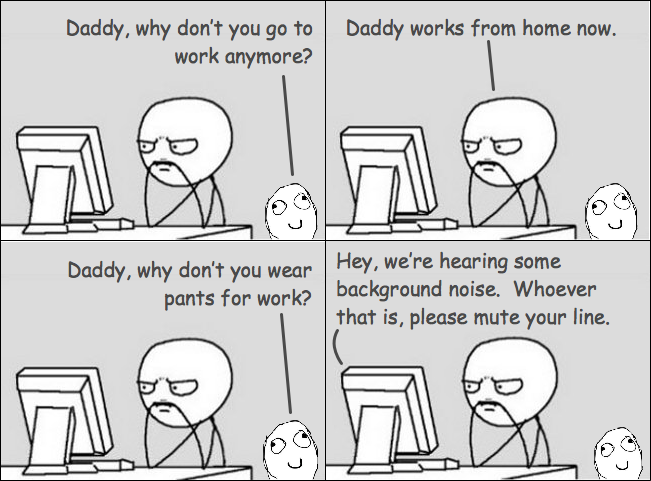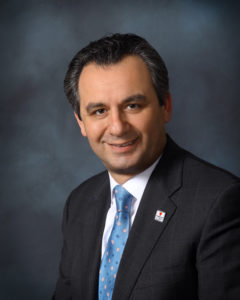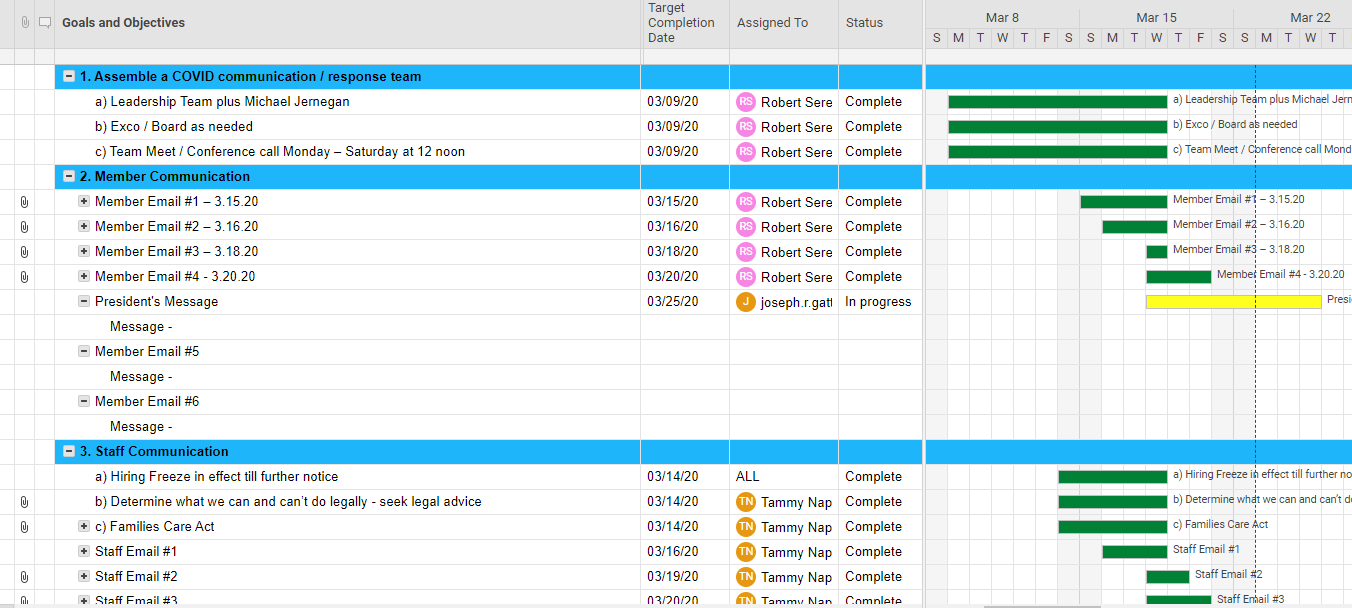This article continues a series of communications from GGA Partners to help private club leaders address challenges confronting their businesses and their employees as a result of the global health crisis. Today, Andrew Whitelaw, General Manager at Portmarnock Golf Club in Dublin, Ireland, highlights four pillars of effective communications.
Build your messaging around credibility, reliability, connection and clarity.

Everyone agrees that communication is the vital ingredient to managing successfully through crisis. In addition to keeping stakeholders informed during uncertain times, effective communication builds trust in our leaders and in their decision-making process.
And since everything communicates – not only traditional channels such as email and newsletters, but also the condition of facilities and the attitude of staff – leaders need clear guidelines when forming their communications strategy.
Our crisis communication plans are built around four pillars:
1. Credibility.
Every communication, no matter how minor in scope or message, must be believable. Credibility is earned over time, one interaction at a time, but can be lost in a moment if the message does not ring true.
Facts are the starting point for credibility. Club leaders are the experts in club matters but should rely on true subject-matter experts – medical, healthcare and government experts and officials – and fact-based information when providing updates and guidance.
2. Reliability.
Can members and employees rely on their club’s leaders to give them the information they need? And can they count on them to deliver that information in a timely manner – as soon as possible and as soon as it has been verified?
Does the leadership team tell members and employees what they can expect in the way of communications – what will be communicated, when they can expect to see the next communication and what types of information will not be communicated, including anything that cannot be completely verified?
Maybe most importantly, do the club’s leaders have a track record for “walking the talk” and doing what they said they were going to do?
3. Connection.
In the midst of crisis, when six feet of social distancing often equates to long-range social separation, people yearn for human connections. We see evidence of that in the social media posts from our friends and colleagues that show family members playing board games and friends enjoying happy hour while connected through video chat apps.
The communications lesson is simple: stay connected and make it personal.
Beyond the initial wave of communications that focus on decisions regarding operations and the availability of facilities, we flex our communications outreach to include online cooking classes, podcasts and video golf lessons. In addition to helping to fill a social void and demonstrating creativity, these kinds of communications demonstrate the club’s attention to members’ and employees’ health and wellbeing, even when they’re not at the club.
4. Clarity.
There’s no room for ambiguity in crisis communications. This is a time for plain language, delivered simply and without frills. The goal of providing the information that members and staff need to make their own well-informed decisions should override any attempts at eloquence.
A good test to ensure clarity is to read the message out loud, first to yourself and then to a member or staff person, before it goes out. If you stumble over a phrase or someone asks you to reread a sentence, you know it’s time to go back and simplify.
The most serious crises never come with a warning. Suddenly and unexpectedly, they arrive at your door. It’s your job as a leader to sort through the information available, make decisions quickly and deliberately and communicate with members and employees. Incorporating equal amounts of credibility, reliability, connection and clarity into your communications will enhance your reputation as a leader while providing the information your stakeholders need.








 You can’t predict a crisis, but you can – and should – plan for one.
You can’t predict a crisis, but you can – and should – plan for one.


 In times like these, the impulse is to act. To take decisive action in response to the enormous challenges the coronavirus has placed at our feet.
In times like these, the impulse is to act. To take decisive action in response to the enormous challenges the coronavirus has placed at our feet.
 It’s easy to say and it’s been said so often that it should be hard for any leader to forget: In times of crisis, communication is key.
It’s easy to say and it’s been said so often that it should be hard for any leader to forget: In times of crisis, communication is key.

